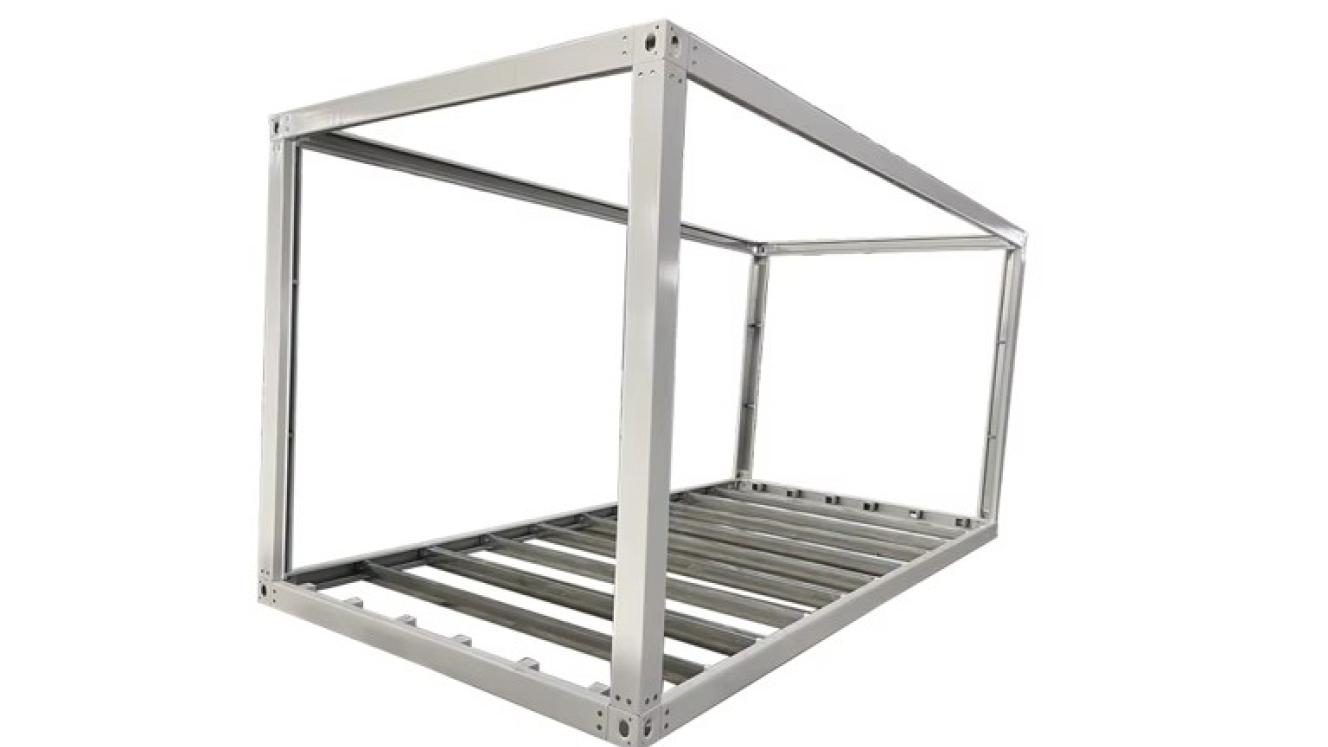South Africa’s Department of Transport (DoT) has unveiled plans to construct a new toll plaza near the busy Beitbridge Border Post with Zimbabwe.
But the Transit Assistance Bureau (Transist) has warned that the proposed toll road is likely to lead to a public outcry, particularly by local residents who work at the border.
The proposal, gazetted for public comment on Friday, aims to capitalise on the strategic importance of the key trade route, as outlined by the South African National Roads Agency (Sanral) under the Sanral and National Roads Act.
This comes after Sanral declared a 1.1km stretch of the N1, encompassing roads, parking area and buildings on the South African side of the Beitbridge border post, as national roads under its jurisdiction, in 2018.
Sanral’s declaration paved the way for tolling vehicles on this critical corridor in Limpopo’s Musina Municipal District.
The route, the busiest border crossing between South Africa and Zimbabwe, serves as a vital artery for trade, linking South Africa’s economic heartland to Zimbabwe, Botswana, the Democratic Republic of the Congo, Malawi, Mozambique, Zambia and other Southern African Development Community member states.
Beitbridge handles thousands of individuals and hundreds of trucks daily, with over 300 trucks now crossing each day following significant upgrades.
A R4 billion refurbishment project, launched in 2018, aimed to enhance traffic flow, reduce congestion and bolster security.
Currently, tolls and border fees for southbound traffic are collected by Zimbabwean authorities and concessionaire, ZimBorders, north of the border.
Transist CEO Mike Fitzmaurice said Sanral’s proposed tolling of the road immediately south of the border was going to make an already expensive cross-border supply chain route even more expensive.
Commenting on ZimBorders’ fees recently, a clearing agent in Musina who spoke on condition of anonymity, said Beitbridge traffic was taking strain because of stiff transit fees and nagging cargo impediments, most of which were caused by unharmonised systems between South Africa and Zimbabwe.
According to the DoT’s Government Gazette notice, the total approximate length of the proposed toll road was approximately 1.1 km.
“The said toll for traffic travelling in a southbound direction that is currently collected by Zimbabwean Authorities on the Zimbabwean side of the border post is intended to be collected on the South African side within the South African Border Post Area,” the notice said.
“The toll may be collected within the Border Post Area or at another location that will be best suited, taking into consideration all the border post activities that are currently or may in future take place within the border post area as well as the method of payment,” it said.
Fitzmaurice said the proposed toll plaza was likely to invoke intense public opposition.
“I think it will be a big issue to locate a toll road just before the border, and local residents who work at the border will be up in arms.
“If it is really necessary to have a tollgate near the border, it should be located on the bypass road so that it does not impact traffic between Musina town and the border,” he said.
The public have until September 19 to submit comments on the proposed toll plaza. All written representations must reflect the details of the proposed toll road in question and must be addressed to the Limpopo Province, The South African National Roads Agency SOC Limited via email the beitbridge@nra.co.za.














